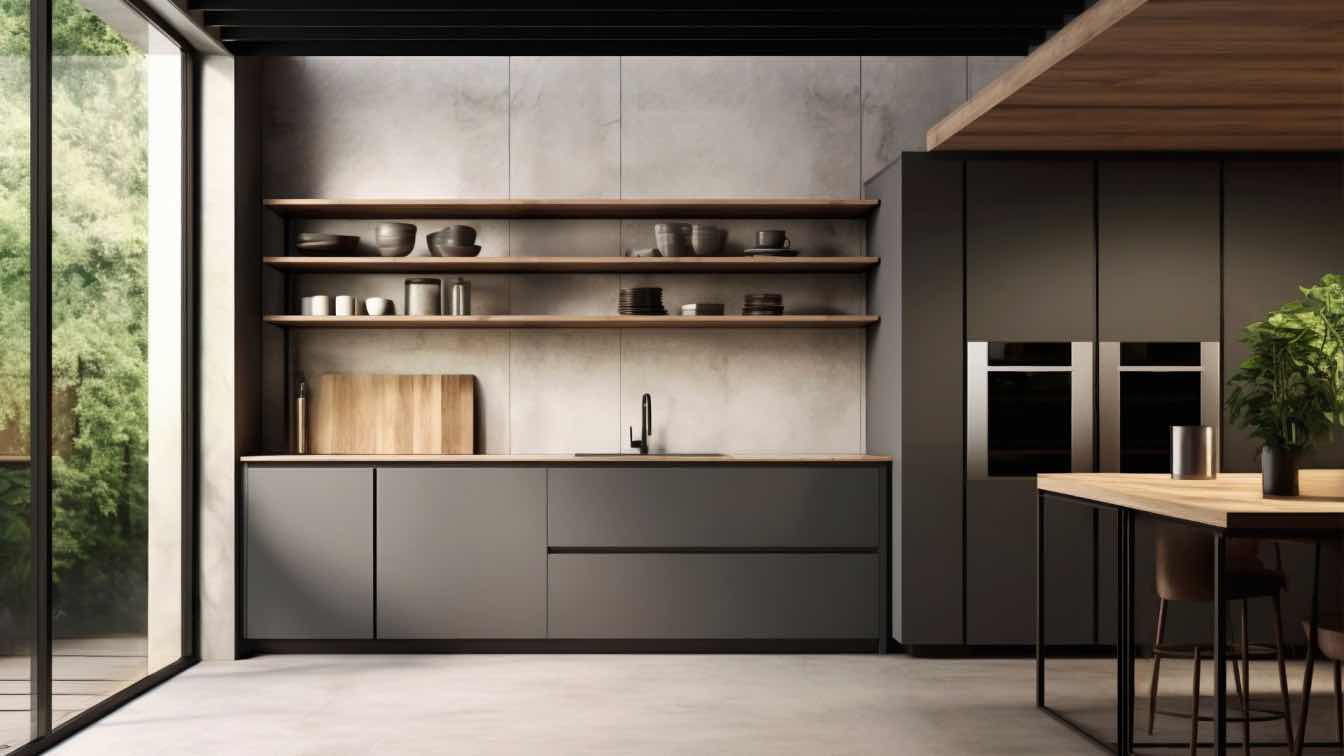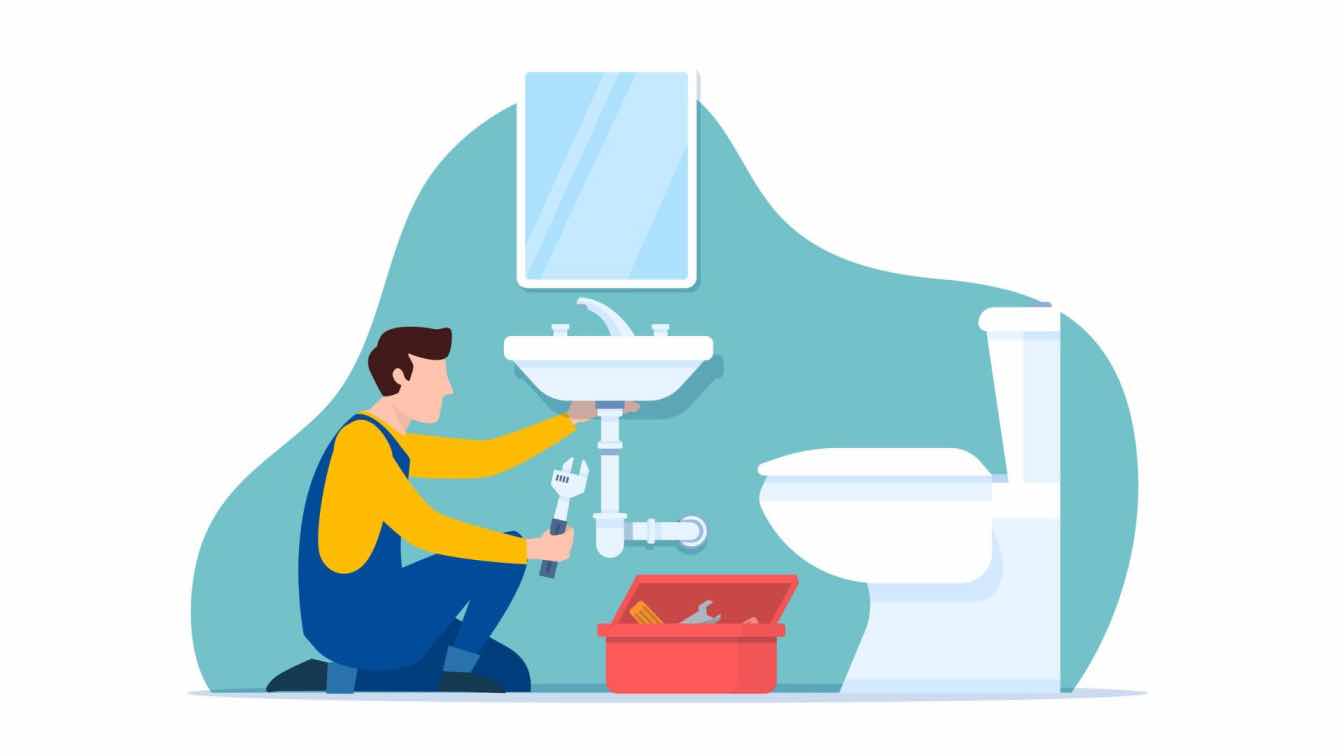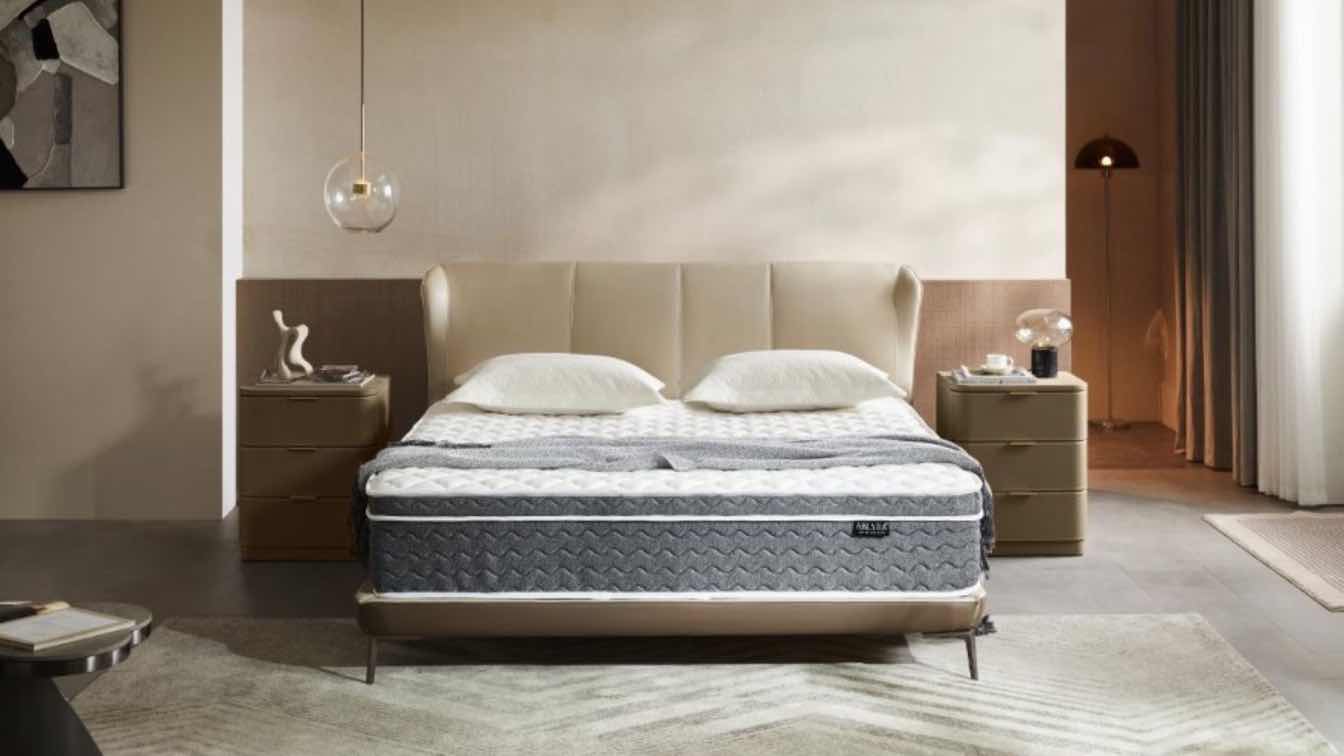This article explores the essence of minimalist kitchen designs, highlighting their focus on simplicity and functionality. It delves into the principles of minimalism, emphasizing clean lines, uncluttered spaces, and the use of neutral color palettes. The article also examines how minimalist kitchens enhance efficiency and organization, offering practical tips for integrating minimalist elements into kitchen spaces. By embracing minimalism, homeowners can create serene, aesthetically pleasing environments that prioritize both form and function.
Introduction to Minimalist Kitchen Designs
Definition and Core Principles
Minimalist kitchen design is a style that emphasizes simplicity, functionality, and the use of essential elements to create a clean and uncluttered space. At its core, minimalist design focuses on the idea that less is more, promoting a sense of calm and order through the reduction of unnecessary items and the careful selection of materials and colors. The primary goal is to create a space that is both aesthetically pleasing and highly functional, allowing for efficient use of space and resources.
Key principles of minimalist kitchen design include:
1. Simplicity: The design is stripped down to its essential elements, avoiding excessive ornamentation and focusing on clean lines and simple forms.
2. Functionality: Every element in the kitchen serves a purpose, ensuring that the space is practical and efficient for cooking and other activities.
3. Neutral Color Palette: Minimalist kitchens often feature a neutral color scheme, such as whites, grays, and earth tones, to create a serene and cohesive look.
4. Quality Over Quantity: Emphasis is placed on high-quality materials and craftsmanship, ensuring that each piece is durable and timeless.
5. Clutter-Free Environment: The design encourages the use of smart storage solutions to keep countertops and surfaces free of clutter, enhancing the sense of openness and space.
Historical Context and Evolution
The minimalist design movement has its roots in the early 20th century, influenced by the Bauhaus school of design and the De Stijl movement, which emphasized simplicity, functionality, and the use of geometric forms. These early influences laid the groundwork for the minimalist aesthetic, which gained prominence in the mid-20th century as a reaction against the ornate and decorative styles of the past.
In the context of kitchen design, minimalism began to take hold in the 1960s and 1970s, as architects and designers sought to create spaces that were not only beautiful but also practical and efficient. The rise of open-plan living during this period further contributed to the popularity of minimalist kitchen renovations, as homeowners sought to create seamless transitions between cooking, dining, and living areas.
Over the decades, minimalist kitchen design has continued to evolve, incorporating new materials, technologies, and design philosophies. Today, it remains a popular choice for those seeking a modern and timeless aesthetic, with an emphasis on sustainability and the efficient use of resources. The minimalist approach has also been influenced by the growing interest in wellness and mindfulness, as homeowners seek to create spaces that promote a sense of calm and well-being.
Key Elements of Minimalist Kitchens
Simplified Color Palettes
In minimalist kitchen design, the color palette is often pared down to create a sense of calm and order. Neutral tones such as whites, grays, and beiges are commonly used to establish a clean and uncluttered look. These colors serve as a backdrop that allows other elements of the kitchen to stand out without overwhelming the space. Monochromatic schemes are also popular, where different shades of a single color are used to add depth and interest while maintaining simplicity. The use of a limited color palette helps to create a cohesive and harmonious environment, which is a hallmark of minimalist design.
Streamlined Cabinetry and Storage Solutions
Streamlined cabinetry is a key feature of minimalist kitchens, focusing on clean lines and a lack of ornamentation. Cabinets often have flat fronts and are devoid of handles, using push-to-open mechanisms or integrated pulls to maintain a sleek appearance. This design choice not only enhances the aesthetic but also contributes to the functionality by reducing visual clutter. Storage solutions are cleverly integrated to maximize space and maintain the minimalist ethos. Pull-out drawers, hidden compartments, and vertical storage options are employed to keep countertops clear and organized. The emphasis is on creating a functional space that is both efficient and visually appealing.
Use of Natural Materials and Textures
Natural materials play a significant role in minimalist kitchen design, adding warmth and texture to the otherwise simple and clean aesthetic. Wood, stone, and metal are commonly used to introduce organic elements that contrast with the sleek surfaces. For instance, wooden cabinetry or flooring can provide a touch of warmth, while stone countertops add a sense of solidity and durability. The use of natural materials also aligns with the minimalist principle of authenticity, where the inherent beauty of the material is showcased rather than hidden. Textures are subtly incorporated to add interest without detracting from the overall simplicity, ensuring that the kitchen remains a serene and inviting space.
Benefits of Embracing Minimalism in the Kitchen
Enhanced Functionality and Efficiency
Minimalist kitchen designs prioritize functionality, ensuring that every element serves a purpose. By reducing unnecessary items and focusing on essential tools and appliances, the kitchen becomes a more efficient workspace. This streamlined approach allows for easier access to frequently used items, reducing the time spent searching for tools or ingredients. The clear, uncluttered surfaces provide ample space for food preparation, making cooking a more enjoyable and less stressful experience. With fewer distractions, the focus can remain on the task at hand, enhancing productivity and allowing for a smoother workflow.
Creating a Calm and Inviting Atmosphere
A minimalist kitchen design fosters a sense of calm and tranquility. The clean lines, neutral color palettes, and open spaces contribute to a serene environment that is both inviting and relaxing. This atmosphere is particularly beneficial in a space that is often bustling with activity. The simplicity of the design encourages mindfulness and can transform the kitchen into a peaceful retreat within the home. The absence of clutter and the presence of intentional design choices create a harmonious space that is welcoming to both residents and guests.
Sustainability and Reduced Clutter
Embracing minimalism in the kitchen aligns with sustainable living practices. By focusing on quality over quantity, homeowners are encouraged to invest in durable, long-lasting kitchenware and appliances, reducing the need for frequent replacements. This approach not only minimizes waste but also promotes a more environmentally conscious lifestyle. The reduction of clutter is another significant benefit, as it encourages the removal of unnecessary items that often contribute to a chaotic environment. A minimalist kitchen design supports a more organized and manageable space, where everything has its place, and excess is eliminated. This not only enhances the aesthetic appeal but also contributes to a more sustainable and eco-friendly home.
Tips for Designing a Minimalist Kitchen
Prioritizing Essential Appliances and Tools
In a minimalist kitchen, the focus is on functionality and efficiency, which means prioritizing essential appliances and tools. Start by evaluating your cooking habits and lifestyle to determine which appliances are truly necessary. Opt for high-quality, multi-functional appliances that can perform multiple tasks, reducing the need for numerous gadgets. For instance, a combination oven and microwave can save space and streamline cooking processes.
Consider the size and scale of your appliances. Compact versions of refrigerators, dishwashers, and ovens can be just as effective as their larger counterparts while taking up less space. Store infrequently used appliances out of sight to maintain a clean and uncluttered countertop. Keep only the most frequently used tools and utensils within easy reach, and store the rest in organized drawers or cabinets.
Incorporating Smart Technology
Incorporating smart technology into a minimalist kitchen design enhances both functionality and simplicity. Smart appliances, such as refrigerators with touch screens or ovens that can be controlled via smartphone apps, offer convenience and efficiency. These technologies can help streamline meal preparation and reduce energy consumption, aligning with the minimalist ethos of doing more with less.
Smart lighting solutions, like LED lights with adjustable brightness and color temperature, can create a versatile and energy-efficient kitchen environment. Voice-activated assistants can further simplify tasks, allowing you to control appliances, set timers, or play music hands-free. Integrating smart technology not only modernizes the kitchen but also supports a clutter-free and efficient space.
Personalizing the Space While Maintaining Simplicity
While minimalist design emphasizes simplicity, it doesn't mean the space has to be devoid of personality. Personalizing a minimalist kitchen can be achieved through thoughtful choices in color, texture, and decor. Opt for a neutral color palette with subtle accents to add warmth and character without overwhelming the space. Natural materials like wood or stone can introduce texture and interest.
Select a few meaningful decorative items, such as a piece of art or a unique vase, to add a personal touch. Keep these elements minimal to maintain the overall simplicity of the design. Open shelving can be used to display a curated selection of beautiful dishware or cookbooks, adding personality while keeping the space organized.
Incorporate plants or herbs to bring a touch of nature into the kitchen. They not only add color and life but can also serve a functional purpose if you choose edible varieties. By carefully selecting and placing personal elements, you can create a minimalist kitchen that reflects your style while maintaining its core principles of simplicity and functionality.





